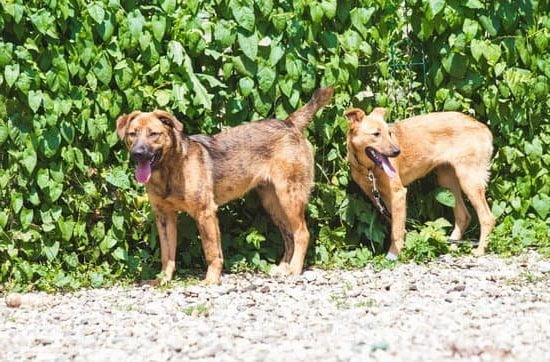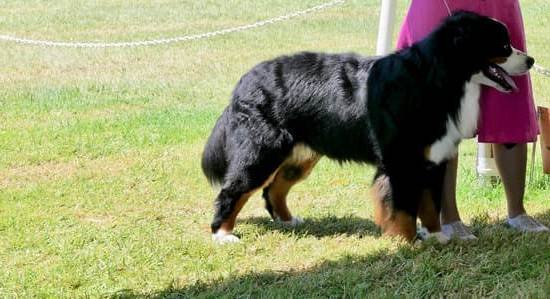Introducing the Pad
When getting started with pad training a small dog, it’s important to consider the different styles and materials available for pads. Depending on your pup’s age, size, and activity level, certain types of pads may be more suitable than others. If you have a very young pup, smaller sizes and thinner pads with lower absorbency are better suited. For puppies that are older or larger, thicker and more absorbent options can be chosen to reduce messes. Additionally, if your pup tends to experience frequent leaks or accidents while asleep or while they’re away from home during the day, opting for additional layers of protection is a good idea. Once you have the right pad style selected, create a designated potty spot in the home by setting up gates or other physical barriers to keep your pup safely confined when necessary. It’s also important to ensure items like furniture are securely anchored so they don’t move easily if bothersome behaviours such as chewing should occur. Finally, be sure to reward good behaviour so pad training becomes enjoyable and successful over time!
Encouraging Use
Praising and Rewarding: Praise your small dog and reward it with treats when they successfully use the potty pad. By doing this, you’re reinforcing the behavior that you want them to repeat. Additionally, be mindful of not over praising or being too animated just after they have urinated as these reactions may confuse them.
Distractions and Common Obstacles: It can be easy for your small dog to lose focus when in the process of potty training. It’s important to gently remind them to stay on their pads if they become distracted. This can also help when having unrelated conversations with family or friends present during their potty sessions. Other common obstacles could include incorrectly positioning their pads, or even a fear or dislike of going on certain surfaces within your home. In such cases, slowly introduce them to each surface type and patiently practice with that specific surface until they are comfortable enough for regular pads training sessions.
Times for Potty Sessions: Consistency is key when it comes to potty training success! Try setting consistent times throughout the day where you will bring your small dog onto their pee pad; this could include first thing in the morning, mid-afternoon, post-lunch/snack time and just before bedtime. During their first few weeks of training try not to vary from these established times too much as it may reset the efforts spent teaching them in consistently using the same pad everytime.
Clean-Up and Maintenance
Regular maintenance of the space for the pad is essential to successful pad training of a small dog. In order to keep the area clean and free from odors, it is important to vaccuum or sweep up any messes as soon as possible. Additionally, regularly washing and disinfecting the space with a gentle pet-safe cleaner can help reduce odor and ensure that the environment remains hygienic for your pup. Finally, it is important to have a strategy for replacing soiled pads. Small dogs may not always be able to contain their bodily functions until they make it outside; therefore, having multiple pads available will allow you to replace them frequently as needed. To minimize costs over time, consider investing in washable fabric pads instead of disposable ones.
Considerations for Other Small Breeds
If you’re looking to pad train a small dog, it’s important to consider the size of your pet as well as the length of their legs, as this will have an impact on their ability to reach the pad. Small breeds such as Chihuahuas, Shih Tzus, and Pugs present unique challenges in regards to pad training since they generally have shorter lower halves. When teaching smaller breeds how to use a pad, it may be necessary to set up a three-tiered system by elevating the pads one on top of another so that they can easily reach them. Additionally, consider placing guidance devices such as fences around the edges of the pads or double-sided tape on them in order to give your pup an idea of where he should go. Revise flooring habits accordingly; for instance, if your pup is continuously delving into carpets rather than heading straight for the pad, you might want to opt for vinyl flooring which won’t absorb any odors from accidents or offer any sort of comfortable resting spot from which your pup won’t want to leave its confines again. Also try offering special treat rewards for proper potty placements!
Preventing Future Accidents
It is important to be consistent and calm while training your small dog in order to ensure successful results. Initially, it is best to designate a specific area of the home as their designated potty spot, such as a spare room or the backyard. Keep the dog on a scheduled feeding routine to help them better understand when it’s time to toilet, and take them to this spot every 30 minutes or so. If they go outside, offer verbal encouragement and lots of praise; likewise if they eliminate indoors, do not punish them but instead correct by scooping up, cleaning the space with enzymatic cleaner, and directing them back outside.
Another key aspect of pad training your small dog is teaching them that toileting in different locations is acceptable – both indoors and out. When you are confident that the designated toilet area will hold up over time, start taking your pup out into other places where they can accumulate new smells and exciting experiences – like grassy parks or sandy beaches – and encourage them to use these areas for pooping/peeing as well. This will make it easy for them later on if you ever have to go away for any period of time. Finally, if there are any signs of anxiety or conflict during the process then identify what stressors could be causing that behavior through observing body language and vocalization challenges. Conflict-free techniques can then be employed such as distraction with treats or toys to minimize the occurrence of accidents occurring further down the line.

Welcome to the blog! I am a professional dog trainer and have been working with dogs for many years. In this blog, I will be discussing various topics related to dog training, including tips, tricks, and advice. I hope you find this information helpful and informative. Thanks for reading!





